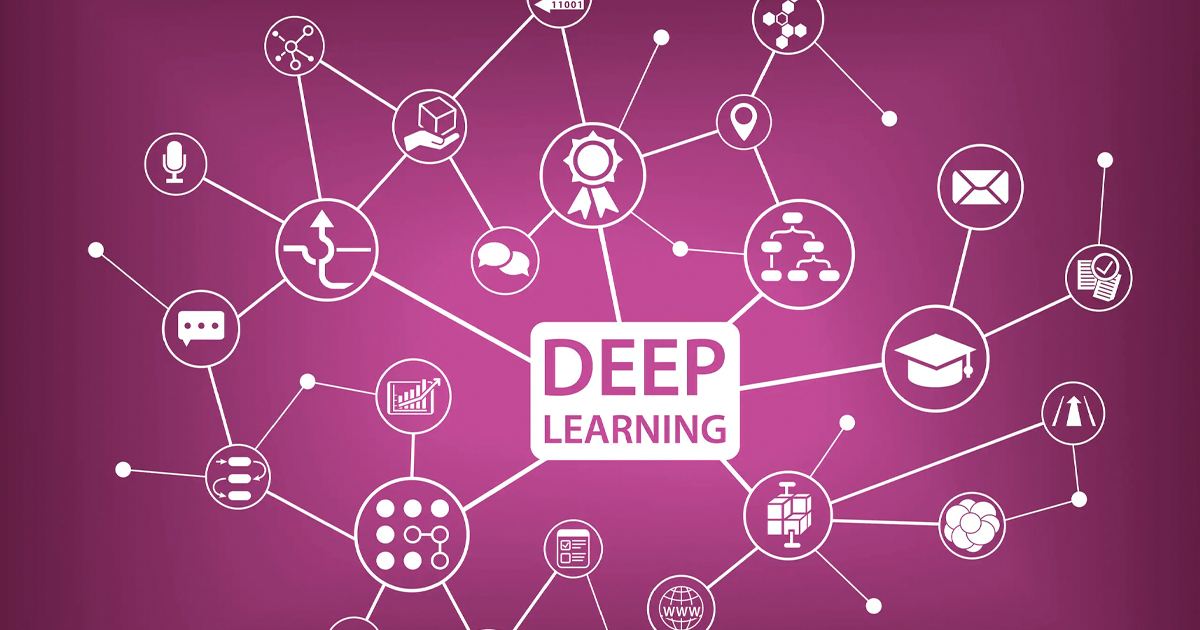Deep learning, a pioneering subfield of artificial intelligence (AI), has witnessed unprecedented growth and transformative impacts across various domains. It revolves around the concept of training artificial neural networks with multiple layers, allowing them to autonomously learn intricate hierarchical representations of data. This capability has driven remarkable breakthroughs in image recognition, natural language processing (NLP), speech recognition, and numerous other fields, heralding a new era of intelligent systems.
The Essence of Deep Learning: Hierarchical Feature Learning
At the heart of deep learning lies the idea of hierarchical feature learning. Traditional machine learning algorithms often rely on manually engineered features, which can be limited in their ability to capture complex patterns and nuances present in the data. Deep learning, on the other hand, empowers algorithms to automatically discover these features through the training process. Each layer in a deep neural network learns progressively abstract and higher-level representations of the data, enabling the system to grasp intricate relationships that might be indiscernible to human designers.
Convolutional Neural Networks (CNNs): Visionaries of Image Recognition
Convolutional Neural Networks (CNNs) have emerged as a pivotal advancement in deep learning, revolutionizing the field of computer vision. Designed to mimic the human visual system, CNNs excel at processing and recognizing visual data, making them indispensable for tasks like image classification, object detection, and image segmentation. The architecture leverages convolutional layers to automatically detect local features in an image, gradually assembling them into more complex patterns. This hierarchical approach enables CNNs to identify objects, animals, people, and scenes within images with remarkable accuracy.
Beyond static image analysis, CNNs have enabled breakthroughs in video analysis, enabling systems to track objects, predict actions, and even generate realistic video content. Additionally, transfer learning, a technique where pre-trained CNN models are fine-tuned for specific tasks, has democratized the adoption of deep learning in various applications, even with limited data.
Recurrent Neural Networks (RNNs): Sequences and Beyond in NLP and Speech Recognition
Recurrent Neural Networks (RNNs) are another fundamental architectural innovation that has propelled deep learning into the realms of natural language processing and speech recognition. Unlike traditional feedforward neural networks, RNNs possess loops that allow information to persist and flow from one step of the network to the next. This recurrent structure equips RNNs to process sequential data, making them particularly well-suited for tasks like language modeling, machine translation, sentiment analysis, and speech-to-text conversion.
However, traditional RNNs suffer from a limitation known as the “vanishing gradient” problem, which impedes the effective capture of long-range dependencies in sequences. This led to the evolution of more advanced RNN variants, such as Long Short-Term Memory (LSTM) and Gated Recurrent Unit (GRU), which mitigate this issue and enable more robust learning of temporal patterns.
The integration of RNNs into applications like chatbots, language generation, and speech synthesis has enriched human-computer interactions, making technology more intuitive and personalized. RNNs can grasp context and generate coherent responses, making them a crucial tool for enhancing the capabilities of AI-driven communication systems.
Applications in Diverse Domains: The Impact of Deep Learning
The impact of deep learning extends far beyond image recognition and NLP. It has penetrated domains like healthcare, where it aids in medical image analysis, disease diagnosis, drug discovery, and personalized treatment recommendations. In finance, deep learning algorithms analyze market trends, manage portfolios, and assess risks. Autonomous vehicles leverage deep learning to perceive their surroundings, make real-time decisions, and navigate complex environments. Environmental monitoring, robotics, gaming, and countless other sectors have witnessed transformation through deep learning applications.
Challenges and Future Directions
Despite its remarkable achievements, deep learning is not without challenges. Training deep neural networks often requires massive amounts of data and significant computational resources. Ensuring the ethical use of deep learning, addressing biases in AI systems, and establishing robust security measures are crucial endeavors.
The future of deep learning holds promise in overcoming existing limitations. Advances like attention mechanisms, transformer architectures, and reinforcement learning continue to reshape the landscape. Interdisciplinary research at the intersection of neuroscience and deep learning might unlock new insights into human cognition and lead to even more powerful AI systems.
In conclusion, deep learning stands as a testament to human innovation and technological progress. By harnessing the innate capacity of neural networks to learn hierarchies of data representations, deep learning has transformed AI from a realm of possibility into a tangible reality. Its impact across diverse domains underscores its potential to reshape industries, enhance human experiences, and push the boundaries of what we thought AI could achieve.
